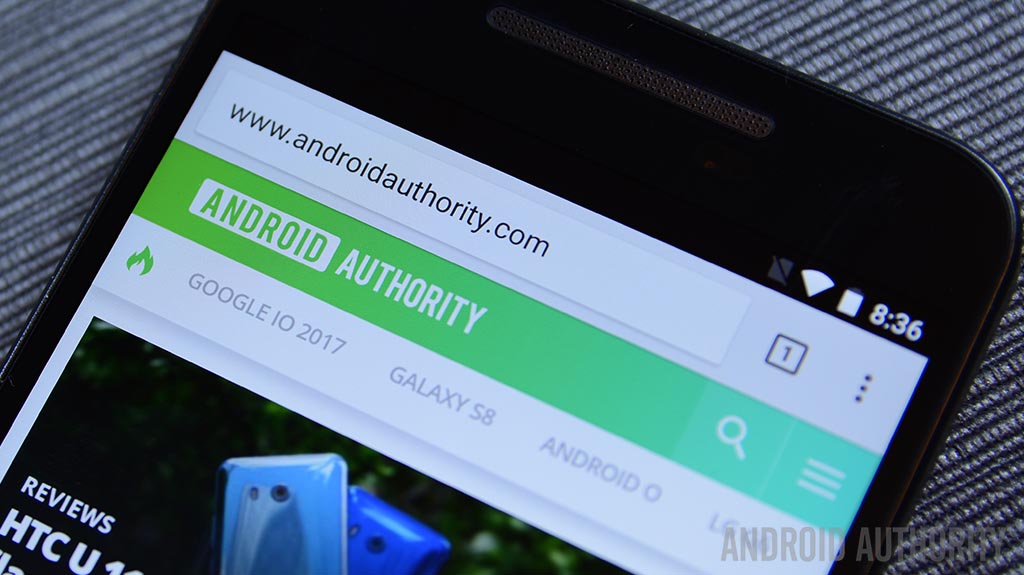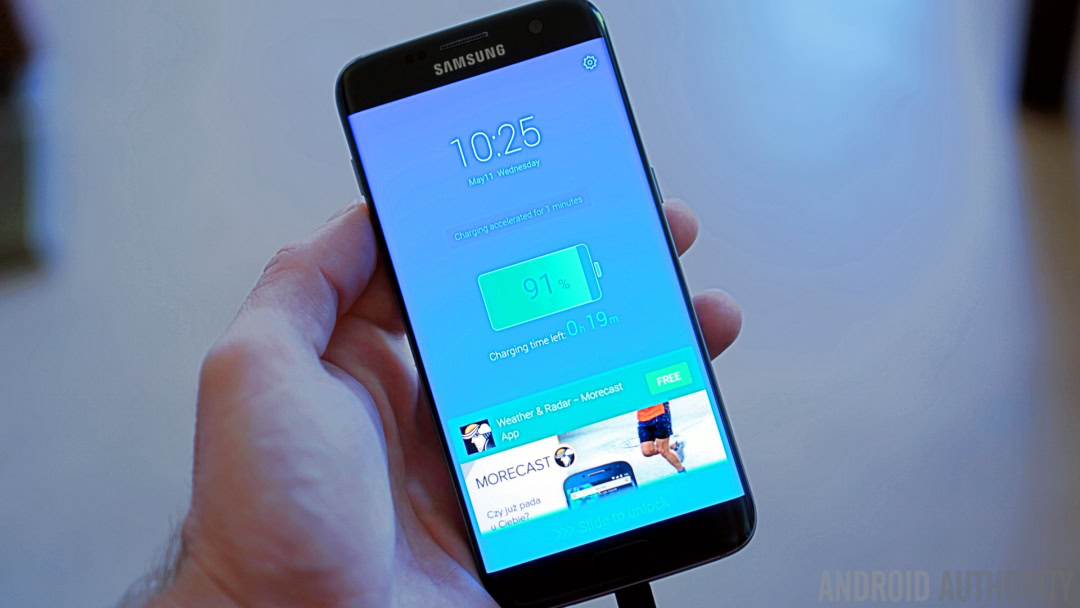Affiliate links on Android Authority may earn us a commission. Learn more.
Chrome will begin to block bad ads on February 15

- Chrome will begin blocking offending ads on February 15.
- The offending ads include those that flash, play audio unexpectedly, and take up an entire page.
- Sites will be given 30 days to get in compliances before ads are blocked on Chrome.
Advertisements are everywhere. Every time you leave the house, ads bombard you on the radio and the side of the road, If you stay in, you’re similarly assaulted when you’re watching TV, playing a game, or surfing the web. Ads are so pervasive that it’s the goal of some people to get rid of as many of them as possible. There are web browsers out there that block ads natively, but you might not expect Chrome to be one of them.
Google announced in June that Chrome would begin to block ads early in 2018. It’s not blocking every ad, though. Google joined the Coalition for Better Ads earlier this year and will use its standards for how the industry should improve ads for consumers. If a website doesn’t abide by those rules, Chrome will block ads on the site. This extends to ads from Google’s own advertising network.

So, what kind of ads will be banned? As it turns out, they’re the ones people hate the most. Among them are full-page ad interstitials, ads that play sounds unexpectedly, and ads that flash quickly. While those might be obvious choices, not every ad will be. For that reason, the Coalition for Better Ads launched the Better Ads Experience Program. The program lays out guidelines for sites to display ads in a way that works for both the consumer and the site showing them.
Google will begin to block the offending ads on February 15. After 30 days of failure to adhere to the new standards, ads are removed. If Google does block ads on a site, the offender can submit their site for re-review after it fixes the issues.
What do you think of Google’s new ad blocking policy? Does it go too far? Not far enough? Let us know down in the comments.